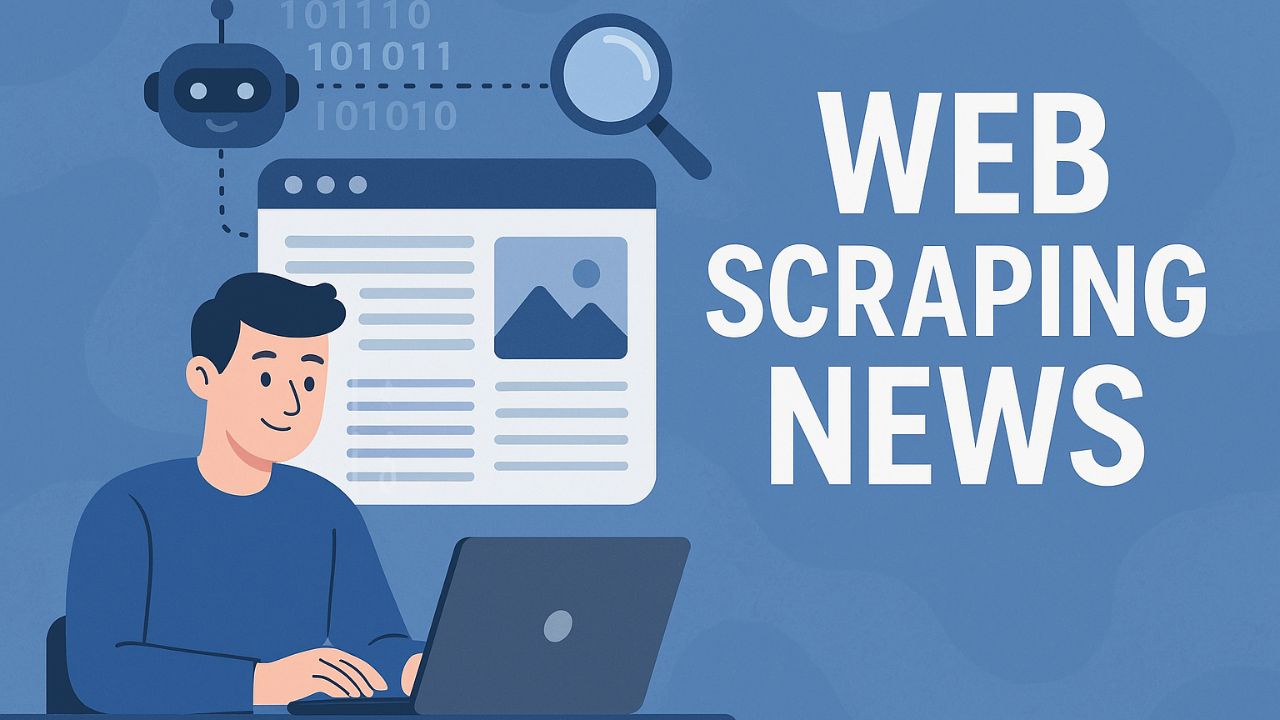Understanding Web Scraping: The Power of Automated Data Collection
Web scraping represents a powerful technique for automatically gathering information from websites without the tedious manual process of copying and pasting. This approach proves especially valuable when dealing with large volumes of data or when information needs regular updates.
What is Web Scraping?
Web scraping is the process of using programming to automatically extract data from websites. Instead of manually visiting pages, reading content, and copying information, a script does this work for you. The program navigates to specified web pages, reads the HTML code behind them, locates the relevant information, and saves it in a structured format.
The Manual Alternative
Consider researching Albert Einstein’s biography for a school project. The traditional approach would involve:
- Opening a browser and searching for information
- Visiting multiple websites like Wikipedia
- Reading through pages of content
- Manually copying relevant details
- Pasting into a document or spreadsheet
- Repeating this process across multiple sources
This method becomes increasingly impractical when:
- Information needs regular updating
- Research covers multiple subjects (e.g., several scientists)
- Large volumes of data must be collected
- The risk of human error increases with scale
How Python Facilitates Web Scraping
Python offers powerful libraries that automate the entire web scraping process. A Python script can:
- Open websites programmatically without launching a browser
- Parse HTML code to locate specific information
- Extract only the relevant data points
- Save information in structured formats (CSV, JSON, databases)
- Perform these operations quickly and accurately
The script doesn’t view websites like humans do—it accesses the underlying HTML code directly to find and extract the needed information.
Real-World Applications
Consider a real estate research scenario involving Zillow, a popular property listing website in the United States:
Without web scraping, researchers would need to manually record details about hundreds of properties—prices, addresses, sizes, and features—an extremely time-consuming process.
With web scraping, a Python program can:
- Visit the Zillow website automatically
- Locate all property listings on the page
- Extract prices, locations, square footage, and other details
- Compile this information into a structured dataset
- Complete this process for hundreds of listings in seconds
This collected data can then be analyzed to identify market trends, create visualizations, or make predictions about housing prices—all without the tedium and potential errors of manual data collection.
Benefits of Automated Data Collection
Web scraping offers numerous advantages:
- Efficiency: Collects large amounts of data in minimal time
- Accuracy: Eliminates human copying errors
- Consistency: Follows the same extraction rules every time
- Scalability: Can handle hundreds or thousands of pages
- Automation: Can be scheduled to run periodically for updates
- Adaptability: Can be modified to handle changes in website structure
For businesses and researchers who rely on web data, these capabilities translate to significant time savings and more comprehensive datasets.
Looking Forward
Web scraping with Python transforms the tedious process of manual data collection into an efficient, automated workflow. Whether gathering information for academic research, business intelligence, or personal projects, this approach provides a powerful solution for extracting and utilizing web data.
As websites continue to serve as primary information repositories, the ability to programmatically access and process this data becomes increasingly valuable across numerous fields and applications.
